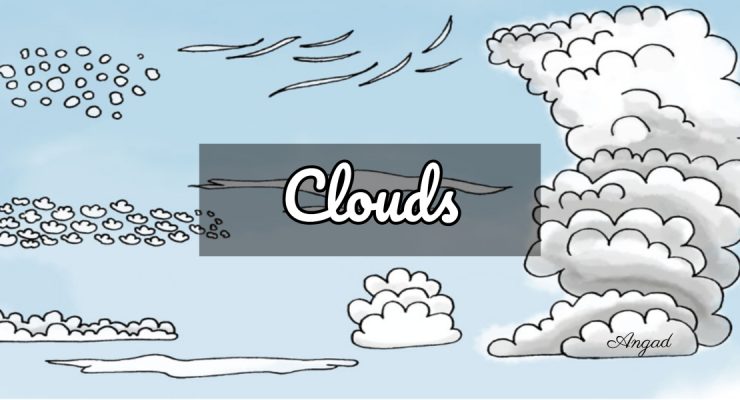General Clouds are a collection of water droplets or ice crystals, or a combination of these two states of water, suspended in the atmosphere.The temperature of the air decreases steadily with increasing altitude, but the amount of water vapor does not necessarily decrease with altitude. Thus, the relative humidity typically rises with altitude. If it rises to 100% at a certain level, clouds can form at and above that level, because condensation forms on airborne dust particles.The development of clouds is accelerated by atmospheric updrafts, when moist air ascends to great heights. The … [Read more...]
